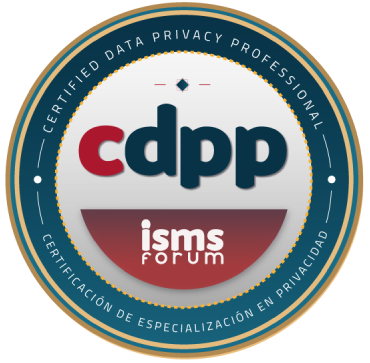In this article, we will talk about the most popular Python libraries to work as a data scientist, as well as how to develop Machine Learning algorithms that solve complex real-world problems:
1. pandas
pandas is a free Python software library for data analysis and processing. It was created as a community bookstore project and was originally published around 2008.

It provides several powerful and easy-to-use data structures and operations to process data in the form of numerical tables and time series. Pandas also has several tools for reading and writing data between in-memory data structures and different file formats.
In short, it is perfect for quick and easy data manipulation, data aggregation, data reading and writing, and data visualization. Pandas can also take data from various file types like CSV, Excel, etc. or a SQL database and create a Python object called a dataframe. A data frame contains rows and columns and can be used for manipulating data with operations such as join, merge, group by.
2. Numpy
NumPy is a free software Python library for numerical calculation of data, which is usually represented with large arrays and multidimensional arrays.

These multidimensional arrays are the main objects of NumPy, whose dimensions are called axes and the number of axes is called a range. NumPy also provides several tools for working with these arrays and high-level mathematical functions for manipulating this data with linear algebra, Fourier transforms, random number calculations, etc. Some of the basic array operations that can be performed with NumPy include adding, cutting, multiplying, reducing, reshaping, and indexing arrays. Other advanced features include stacking arrays, splitting arrays, sending arrays, etc.
3. SciPy
SciPy is a free software library for scientific computing and data engineering.

It was created as a community library project and was originally published around 2001. The SciPy library is based on the NumPy array object and is part of the NumPy stack which also includes other scientific computing libraries and tools such as Matplotlib, SymPy, Pandas, etc The NumPy stack has a number of features for scientific and technical computing.
NumPy has users who also use similar applications like GNU Octave, MATLAB, GNU Octave, Scilab, etc. SciPy enables various scientific computing tasks that perform data optimization, data integration, data interpolation, and data modification using linear algebra and Fourier transforms, random number generation, special functions, etc. Like NumPy, multidimensional arrays are the main objects in SciPy, provided by the NumPy module itself.
4. Scikit-learn
Scikit-learn is a free software library for coding machine learning, primarily in the Python programming language. It was originally developed as a Google Summer of Code project by David Cournapeau and originally published in June 2007.

Scikit-learn is based on other Python libraries such as NumPy, SciPy, Matplotlib, Pandas, etc. and, therefore, offers full interoperability with these libraries. Although Scikit-learn is mainly written in Python, it has also used Cython to write some core algorithms to improve performance. With Scikit-learn, various models for supervised and unsupervised machine learning can be implemented in Scikit-learn, such as classification, regression, vector machine support, random forests, nearest neighbors, naive Bayes, decision trees, clustering, etc.
5. TensorFlow
TensorFlow is a free open source platform with a wide range of artificial intelligence tools, libraries and resources. It was developed by the Google Brain team and released on November 9, 2015.

With TensorFlow, you can easily create and train machine learning models with high-level APIs like Keras. It also offers multiple levels of abstraction so you can choose the option you need for your model. TensorFlow also allows you to deploy machine learning models anywhere in the cloud, in the browser, or on your own device. You should use TensorFlow Extended (TFX) if you want the full experience, TensorFlow Lite if you want to use it on mobile devices, and TensorFlow.js if you want to train and deploy models in JavaScript environments. TensorFlow is available for Python and C APIs, as well as C++, Java, JavaScript, Go, Swift, etc., but with no guarantee of compatibility with older APIs. Third party packages are also available for MATLAB, C#, Julia, Scala, R, Rust, etc.
6. Keras
Keras is a free and open source neural network library written in Python. It was created primarily by François Chollet, a Google engineer, and published on March 27, 2015.

It was created to be easy to use, extensible and modular, and supports experimentation in deep neural networks. Therefore, it can be run on other libraries and languages such as TensorFlow, Theano, Microsoft Cognitive Toolkit, R, etc. Keras has several tools that make it easier to work with different types of image and text data for encoding in deep neural networks. There are also various implementations of neural network building blocks such as layers, optimizers, activation functions, objectives, etc. Various actions can be performed with Keras, such as creating custom function layers.
Which bookstores do you usually work with the most?
We read you in comments!
Remember that you can learn much more with our Master in Advanced Programming in Python for Big Data, Hacking and Machine Learning.




































